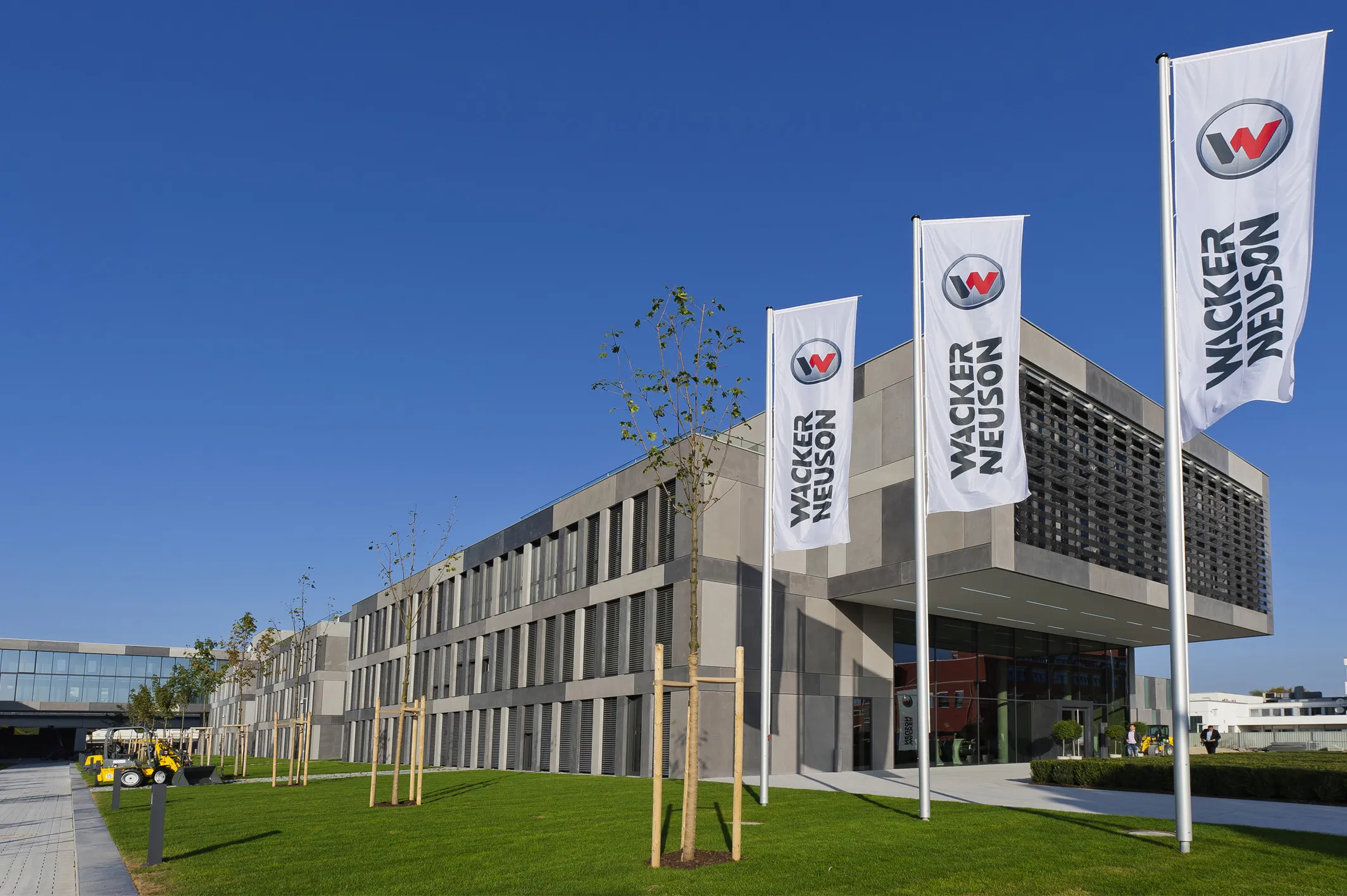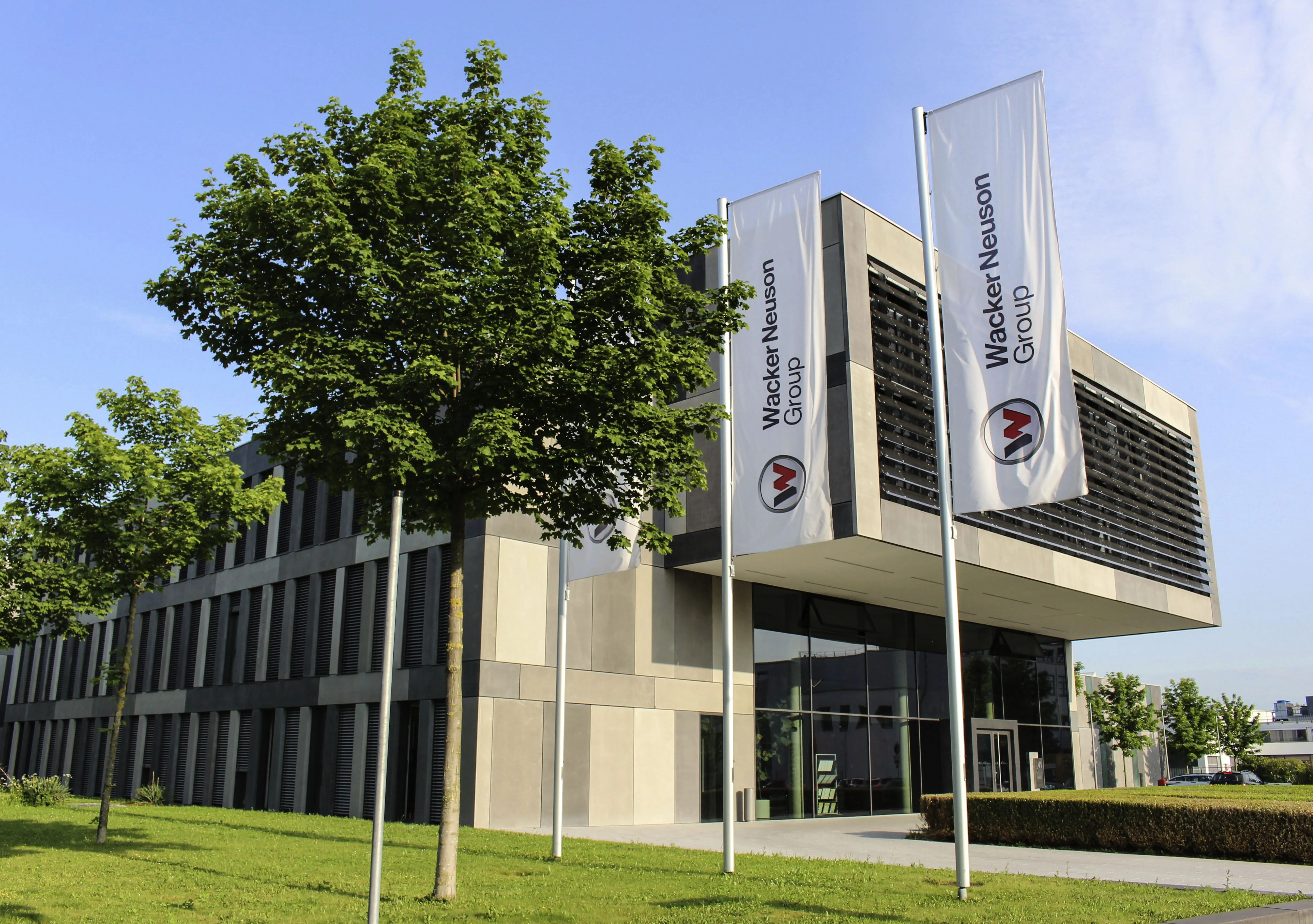The Liebherr Group has seen a steady financial performance in 2014, with turnover reaching a healthy €8.823 billion, similar to the previous financial year. The company continued to invest in developing its operations, spending €816 million in expanding and modernising its manufacturing facilities and also strengthening the sales and service organisation. The number of employees has now risen to 40,839 in total. The €8.823 billion turnover was slightly lower, 1.6%, than for the previous financial year howev
June 8, 2015
Read time: 2 mins
The 718 Liebherr Group has seen a steady financial performance in 2014, with turnover reaching a healthy €8.823 billion, similar to the previous financial year. The company continued to invest in developing its operations, spending €816 million in expanding and modernising its manufacturing facilities and also strengthening the sales and service organisation. The number of employees has now risen to 40,839 in total. The €8.823 billion turnover was slightly lower, 1.6%, than for the previous financial year however the firm said that this was n line with expectations.
Overall, Liebherr said that the international economic situation continued to recover in 2014, though to different extents from one country to another. Global economic growth for the year was 3.4%. Growing 1.8% compared with the previous year, the strength of the developed national economies slightly increased. Economic growth dropped slightly in emerging markets, with growth of 4.6% in the past year compared with 5% in 2013.
However Liebherr’s construction machinery and mining division achieved a turnover of €5.294 billion, some €336 million (or 6%) below the previous year’s figure. The result was positive, however, in the area represented by the maritime cranes, aerospace and transportation systems, machine tools and automation systems, domestic appliances, components and hotels divisions, with an increase in turnover of €195 million.
The business year in Western Europe progressed satisfactorily for the Liebherr Group. In Germany, the Group’s largest market, turnover exceeded the previous year’s figure. The pattern of business was also positive in America, with a satisfying increase in the USA in particular. Turnover dropped in the Far East/Australia region. Very weak dynamic growth in Russia, the Group’s largest Eastern European market, had a distinct effect on the region’s overall turnover. Sales revenue also fell on the African continent. In the Near and Middle East the Group achieved turnover slightly above the previous year’s level.
The profit for the reporting period was €316 million, equivalent to a drop of €48 million compared with the previous year, although the firm’s investment of €816 million in its operations has to be taken into account in this regard.
Overall, Liebherr said that the international economic situation continued to recover in 2014, though to different extents from one country to another. Global economic growth for the year was 3.4%. Growing 1.8% compared with the previous year, the strength of the developed national economies slightly increased. Economic growth dropped slightly in emerging markets, with growth of 4.6% in the past year compared with 5% in 2013.
However Liebherr’s construction machinery and mining division achieved a turnover of €5.294 billion, some €336 million (or 6%) below the previous year’s figure. The result was positive, however, in the area represented by the maritime cranes, aerospace and transportation systems, machine tools and automation systems, domestic appliances, components and hotels divisions, with an increase in turnover of €195 million.
The business year in Western Europe progressed satisfactorily for the Liebherr Group. In Germany, the Group’s largest market, turnover exceeded the previous year’s figure. The pattern of business was also positive in America, with a satisfying increase in the USA in particular. Turnover dropped in the Far East/Australia region. Very weak dynamic growth in Russia, the Group’s largest Eastern European market, had a distinct effect on the region’s overall turnover. Sales revenue also fell on the African continent. In the Near and Middle East the Group achieved turnover slightly above the previous year’s level.
The profit for the reporting period was €316 million, equivalent to a drop of €48 million compared with the previous year, although the firm’s investment of €816 million in its operations has to be taken into account in this regard.







